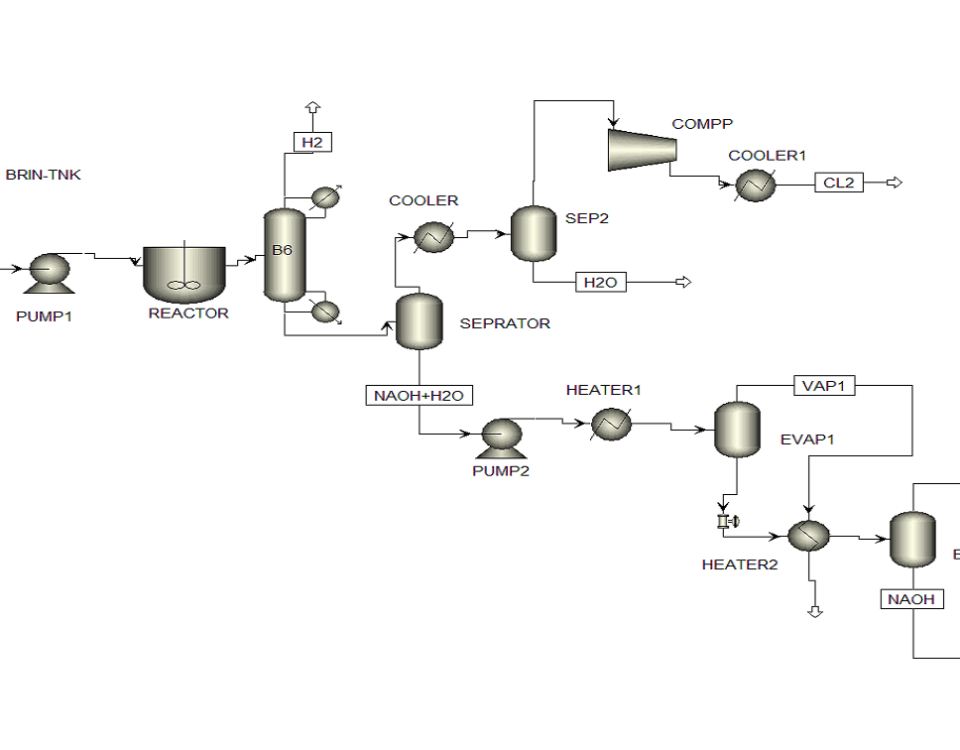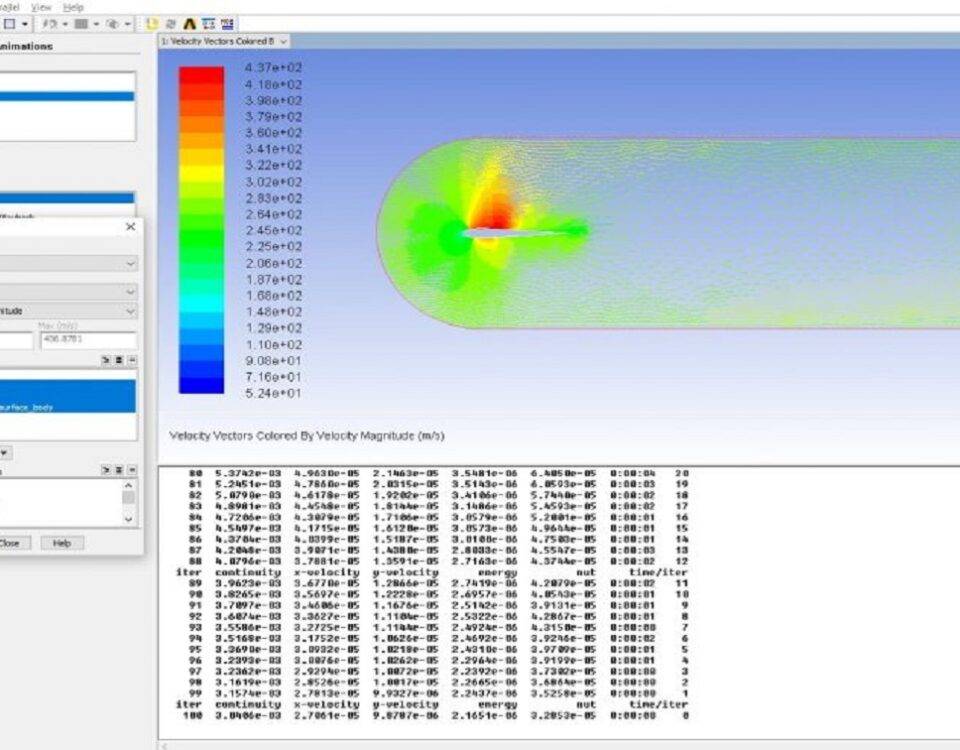- item-all
- (COMFAR) ECONOMIC
- (Datasheet) EQ. Sizing and Design
- Academic projects
- ANSYS Fluent
- ASPEN ADSIM
- Aspen Custom Modeler
- ASPEN EDR
- ASPEN Energy Analyzer (Pinch)
- ASPEN HYSYS
- ASPEN PLUS
- AutoCAD(2D Planning & 3D Equipment Design)
- Basic Engineering
- CATIA
- COMSOL _Multiphysics
- Conceptual Design
- Consequence Analysis
- Construction
- Current academic project
- Current industrial project
- Detailed Engineering
- Drafting (PFD-PID)
- DWSIM
- Energy/Exergy Analysis
- Engineering
- FEED
- FORTRAN
- FS/COMFAR-
- GAMBIT Fluent
- Industrial and semi-industrial projects
- MATLAB
- MC
- Optimization
- PFD P&ID
- PHAST
- Procurement
- REVIT & PDMS
- Sample of ChemEngProj
- SOLIDWORK
- Technical knowledge (License)
- Description The terms PVC and vinyl are commonly used not only to refer to polymers but also to all materials where polyvinyl chloride (PVC) is a […]
- Introduction Combined Heat and Power (CHP) and Combined Cooling, Heat, and Power (CCHP) plants have gained significant attention in recent decades as some of the most […]
- Description The wave equation is a partial differential equation that describes the behavior of waves in space and time. This equation has many applications in various […]
- Description Computational Fluid Dynamics (CFD) is a branch of engineering that uses numerical methods and algorithms to model and analyze fluid flow problems. The MacCormack and […]
- Introduction The simulation of the natural gas dehydration unit at the Farashband refinery using Aspen Plus. represents a significant step towards optimizing the efficiency and reliability […]
- Introduction Fresh water is of particular importance as one of the vital resources for the growth and development of human societies, especially in areas with a […]
- Introduction Carbon dioxide (CO2) emissions have become a pressing global issue, with anthropogenic activities significantly contributing to atmospheric CO2 concentrations. Power plants, deforestation, and fossil fuel […]
- Introduction Propylene (C₃H₆) plays a critical role as the second most important base material in the petrochemical industry, contributing to the production of various industrial and […]
- Introduction Ammonia absorption chillers are recognized as an efficient and sustainable solution for HVAC systems and industrial processes. These chillers operate using thermal energy rather than […]
- Description One of the most effective ways to study chemical processes is through simulation, often carried out using specialized software. Aspen Plus is among the most […]
- Introduction Isopropyl alcohol, the smallest member of the secondary alcohol group, is a colorless, volatile, and flammable liquid. With a molecular weight of 60.09 g/mol, it […]
- Introduction In the field of chemical engineering, theoretical questions often require practical solutions for effective analysis and understanding. By employing thermodynamic models, Aspen Plus aids in […]
- Introduction The primary feedstocks for ammonia production units are sweet gas (methane) and atmospheric nitrogen. Methane, when mixed with steam and reacted in a primary reformer, […]
- Introduction The simulation of the separation process of normal propanol, ethanol, and methanol using Aspen Plus holds significant importance in chemical engineering. This software enables engineers […]
- Introduction The transportation of sour gas from offshore platforms to onshore refineries is consistently challenged by various issues, such as hydrate formation and corrosion, which can […]
- Introduction Digital simulations, especially in software like REVIT, play a crucial role in optimizing and designing industrial systems. These technologies enable engineers and designers to create […]
- Introduction CSTR reactor: This reactor is mainly used in the industry and is often used for the liquid phase. A point that is very important in […]
- Introduction Chlorine-Alkali process is one of the most important industrial processes. which is used for the electrolysis of salt solution (sodium chloride or NaCl) in order […]
- Introduction PSA (Pressure Swing Adsorption) devices are the industry standard for purifying hydrogen gas in factories. From the high-value gas that is created from the process […]
- Description An airfoil is a specially shaped surface designed to generate aerodynamic lift when it moves through a fluid. This shape, often resembling a bird’s wing, […]
- Introduction The solubility of gases in liquids is one of the key aspects in many industrial and chemical processes. Especially in the field of gas separation […]
- Introduction Vinyl chloride is an organic chlorine compound, Vinyl chloride is also called vinyl chloride monomer. Vinyl chloride is a colorless and industrially important compound because it […]
- Introduction Ethanol is a potential energy source to replace dwindling petroleum reserves. Lignocellulosic materials are used to produce ethanol, and the primary process involved in converting […]
- Introduction The Claus process (SRU) is the primary sulfur removal process in petrochemical industries. It extracts elemental sulfur from hydrogen sulfide present in natural gas and […]























